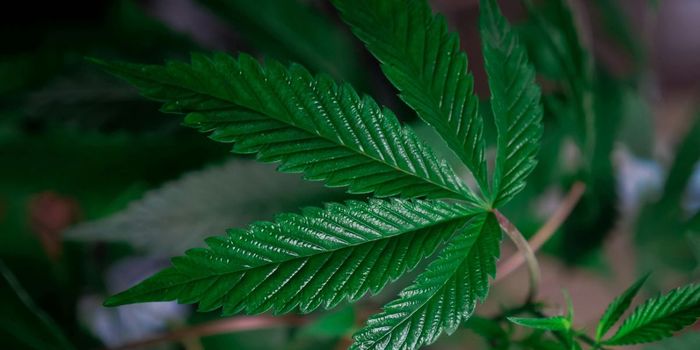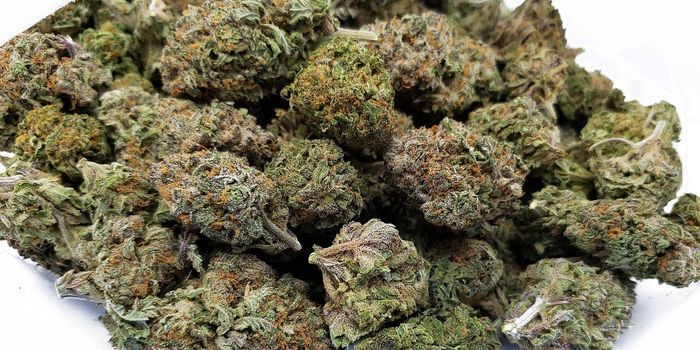Synthetic Cement Inspired By Mussels
Mussels, at first glance, seem like rather unassuming organisms (though they certainly play crucial roles in the environment, such as working as filters).
But one thing that’s also intrigued scientists is the, well, “muscle,” or glue, that holds the mussel together and helps keep it tethered to rocks—something particularly miraculous because of water, which should make the development of adhesive challenging. Also referred to as a “foot,” mussels can create a glue that anchors them to rocks in minutes. Creating the glue involves a process of hardening metal ions in the water around them and secreted proteins, which slowly forms a glue.
According to a new study published in the Journal of the American Chemical Society, researchers have modeled this process to develop a synthetic material that not only replicates this adhesive, but is actually stronger than that of mussels.
The synthetic glue models the protein structures used to make mussel glue, which are actually found in a lot of different instances in nature, ranging from spider silk to insect wings. Specifically, researchers turned to the specific sequence of amino acids that make up the proteins.
But rather than simply copying the structure, researchers took just one 10-amino acid sequence from just one of the proteins present in mussel glue and put the sequence into a synthetic polymer. Polymer chemistry refers to the synthetic manufacturing of molecules, such as proteins and amino acid structures.
Using the synthetic polymer, the research team then assembled the amino acids in parallel, rather than in a chain as they naturally occur.
To test the new material, researchers compared how it versus mussel glue tissue stuck to glass plates. They found that the synthetic material was far more adhesive than mussel tissue. Though it was not the goal to create something stronger than mussel glue, it was a pleasant surprise.
Researchers hope their approach to synthetic molecular production could be used to mimic other protein structures for a range of uses, such as robotics.
Sources: EurekaAlert!; Journal of the American Chemical Society








